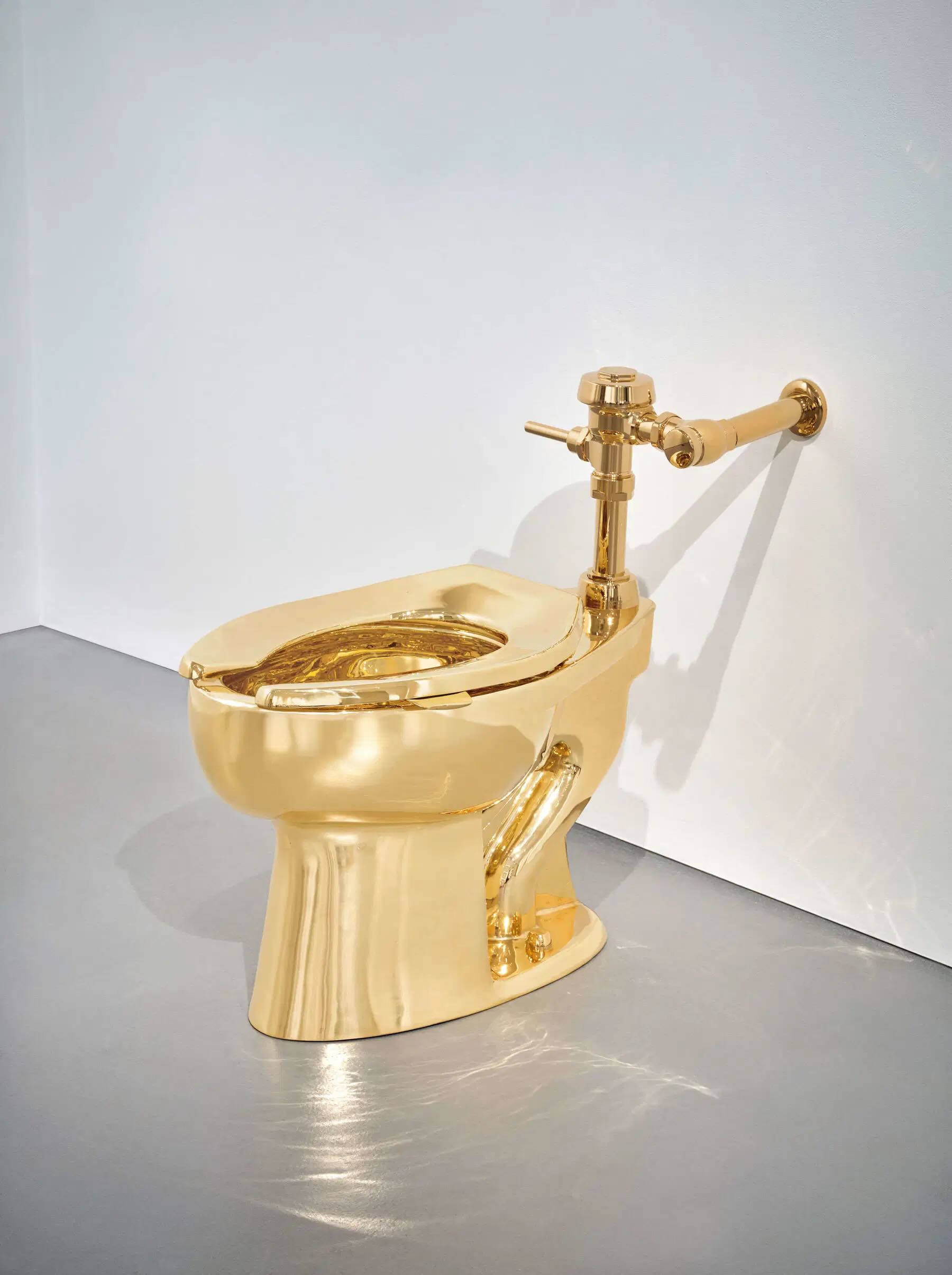Will there be an object generated in 2020 that will forever change the living space of the future? The past century marked the creation of so many cult objects that we now take for granted, forgetting that their inventions were real revolutions within the domestic panorama. Not only these pieces reflect their creators' courage to dare, but they became important milestones in the history of custom and design.
The first versions of the washing machine, a household appliance that clearly revolutionized the space of the house, especially in the 50s with the first electric washing machines, were conceived at the end of the 19th century in America and Europe. Among the inventors' names emerges that of Thomas Bradford who, in 1860, invented a washing machine in the form of a "box in a box", very similar to those of today.
Chromed steel structure and leather seat: the LC4 chaise longue, designed by Le Corbusier, Charlotte Perriand and Pierre Jeanneret and produced by Cassina in 1960, is the archetype of the idea of relaxation and introspection (perhaps this is why it often appears in psychoanalysts' studios!). What is its trump card? Being a timeless piece, thanks to its simple and elegant line.
Now considered a piece of furniture in all respects, the Polaroid instant camera is an evergreen collectible, particularly sought after in its best-selling vintage models such as the SX-70 and the OneStep Land of the '70s, a period in which the camera, invented by Edwin Land, reached the maximum popularity, also was also much loved by great artists such as Andy Warhol, who made extensive use of it for his artistic production.
A great mid-century interior classic, the Panton Chair designed by Danish designer Verner Panton in 1967 was the first seat made totally of plastic, born from a single folded sheet of this material. The plastic, which makes the chair also suitable for outdoor environments, is ennobled by the lightness and anthropomorphic lines of the chair's design.
A piece by Brionvega could not be missing in this list: the RR126 radio phonograph signed by the Castiglioni brothers in 1965 was innovative for the high definition of the sound it diffused and for the possibility of orienting and moving the speakers in the most suitable way for the surrounding environments. Recently re-edited, the quality of its performance combined with the pleasant retro style has made it part of the collections of famous musicians such as David Bowie.
An icon of the 20th century exhibited at the MoMA in New York, the first Valentine plastic portable typewriter was born in 1968, designed by Ettore Sottsass and Perry King for Olivetti. Now supplanted by the computer, its objective beauty and elegance remain. The typewriter is still in vogue among writers who rely on it in order not to lose the sensory experience it provides: the sound of the keys, the scent of the ink, the elegance of the written sheet.
Among the first halogen lamps in history we remember the Papillona floor lamp designed by Afra and Tobia Scarpa for Flos in 1975. Its modern style, obtained from the mix of simple geometric shapes and quality of the light, makes this piece very modern and particularly suitable for office spaces.
The 699 Superleggera chair by Gio Ponti for Cassina embodies in its name the innovation its weight represented in 1957: 1700 grams. Evolution of the classic Ligurian "chiavarina", the chair has been continuously reproduced until today, preserving in its clean lines the profound charm of the combination of industrial production and hand-made details.
Among the rest icons par excellence, the Nathalie bed designed by Vico Magistretti for Flou in 1978 stands out. An innovative product because totally upholstered, (until then beds were purely made of wood or iron, sometimes with an upholstered headboard), it became the brand's best seller with its typical bows that hold the soft padding of the headboard. In 1978 protests on equality between sexes were underway; women were beginning to work, and Nathalie was the perfect solution for them: a bed that can be made up in an instant, just by pulling up the duvet.
One element is a stool, two elements form a bedside table, three elements form a cabinet, four elements form a shelf ... this is how traditional furnishings were replaced by the modular systems: we are of course talking about the Kartell plastic "componibili", launched on the scene in 1967 by the brand's founder Giulio Castelli and his wife Anna Castelli Ferrieri. The colorful vintage versions are super popular.






.png)





